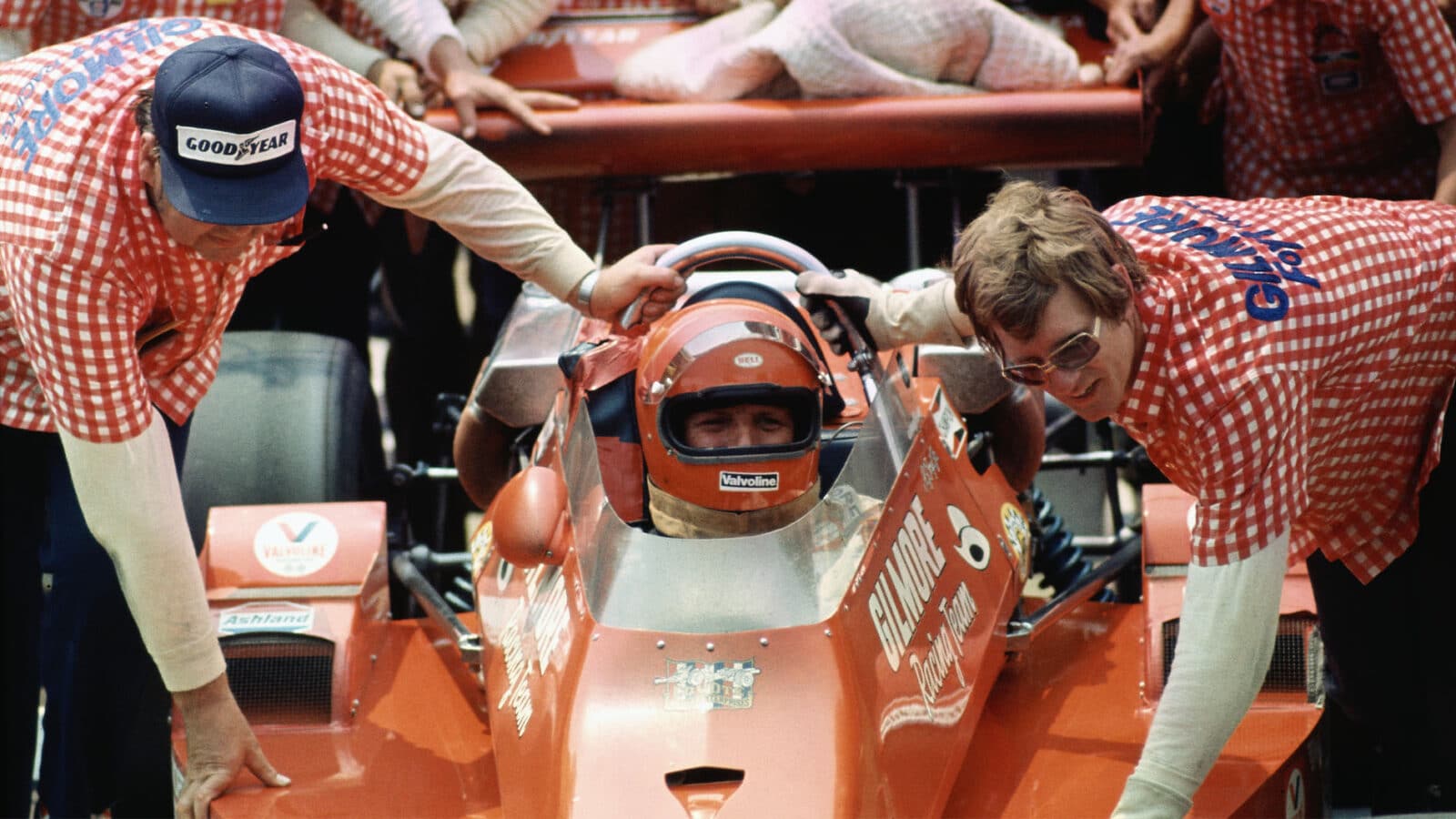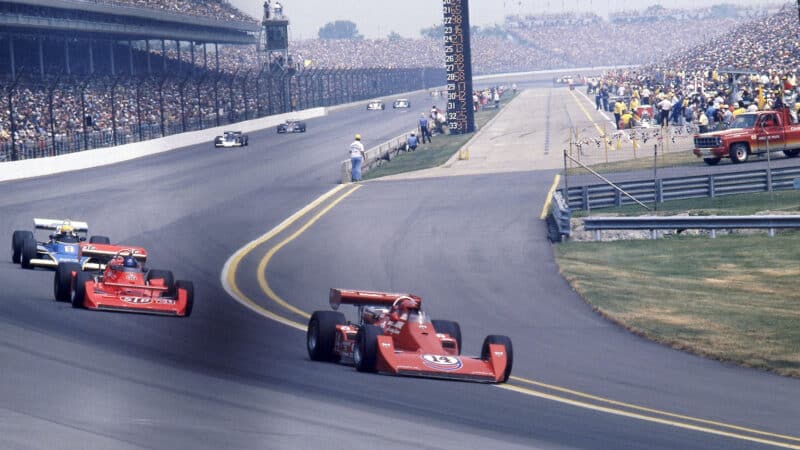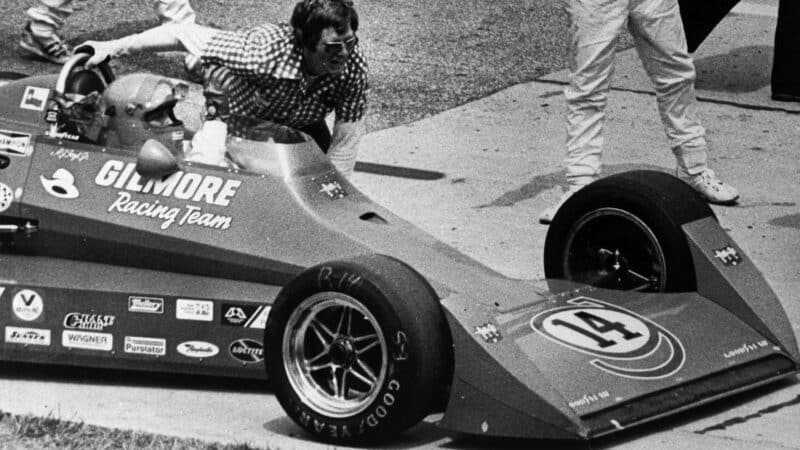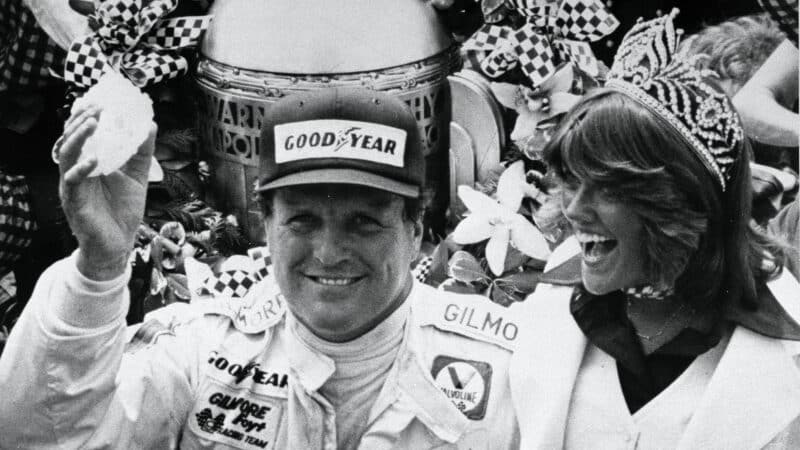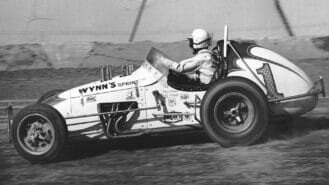Foyt won the USAC title again in 1963 and 1964, was second to Mario Andretti in 1965, and took his fifth USAC championship in 1967. He won the Indy 500 a second time in 1964 in what turned out to be the last win for a front-engined roadster, a Watson-Offy, then scored his third 500 victory in 1967 aboard his own Lotus-based rear-engined car, which he called a Coyote, grabbing the glory after the leading STP turbine car of Parnelli Jones broke in the closing laps.
Foyt believes the great drivers are separated from the merely good by a deep desire to win rather than any God-given natural talent. “You’ve got race drivers and then you’ve got race drivers,” he remarks. “It’s the same as a quarterback or the leader of any team. You’ve got quarterbacks and then you’ve got quarterbacks who want to go to that extra edge to be number one. It’s hard to explain but if you want to win you’ve got to work at it. It’s not easy. You’re going to have to give that little extra to win.
“I know some great race drivers who were always satisfied with second or third when they could’ve won. They did not want to put out that extra little effort. They were satisfied. My worst days were when I ran Indy and ran like crap myself. I couldn’t wait to get back there the next year to prove a point.”
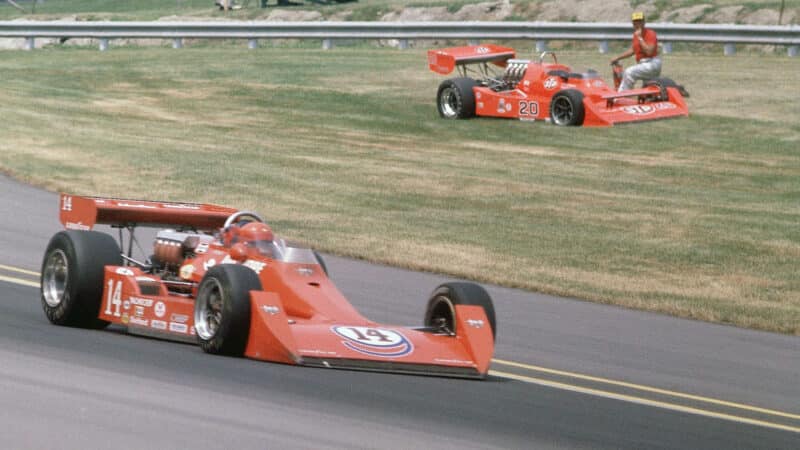
Sailing past a beleaguered Johncock
Getty Images
After his third win at Indy in 1967, Foyt encountered a long fallow period at the Speedway. He was on the pole in 1969, but lost 20 minutes in the pits repairing a broken intake manifold. “In 1969 we sat on the pole with a car that was the first to have wings on the back of the roll bar. Then we broke a little fitting and we had to take the manifold off to weld it. Andretti won the 500 that year and he deserved to win. We went a lot of years chasing that fourth win and every time we were really strong it never happened.”
